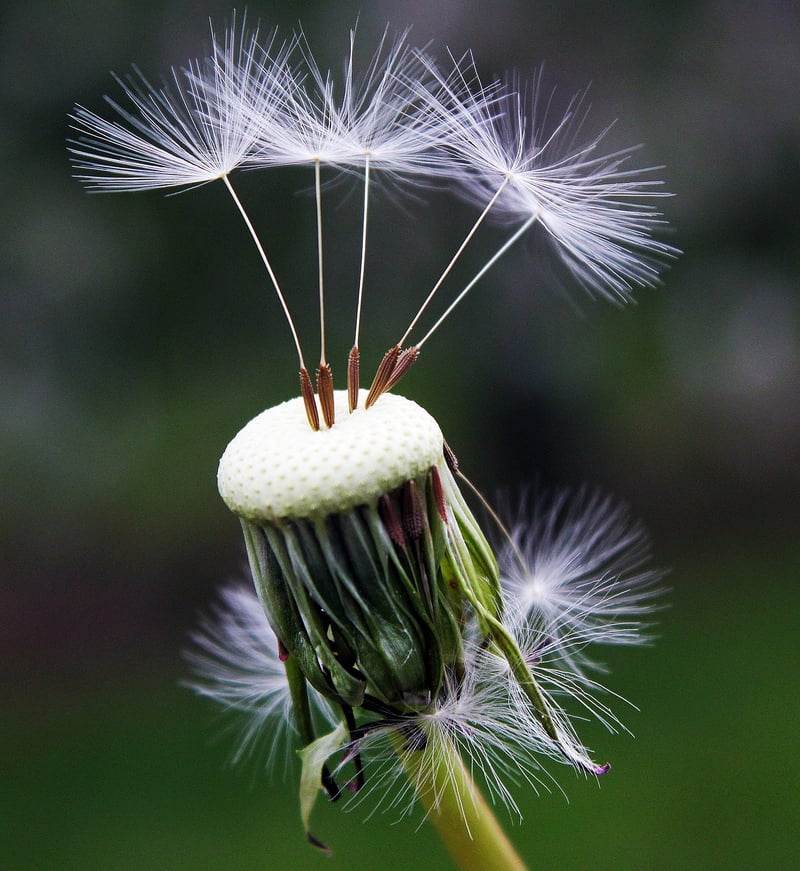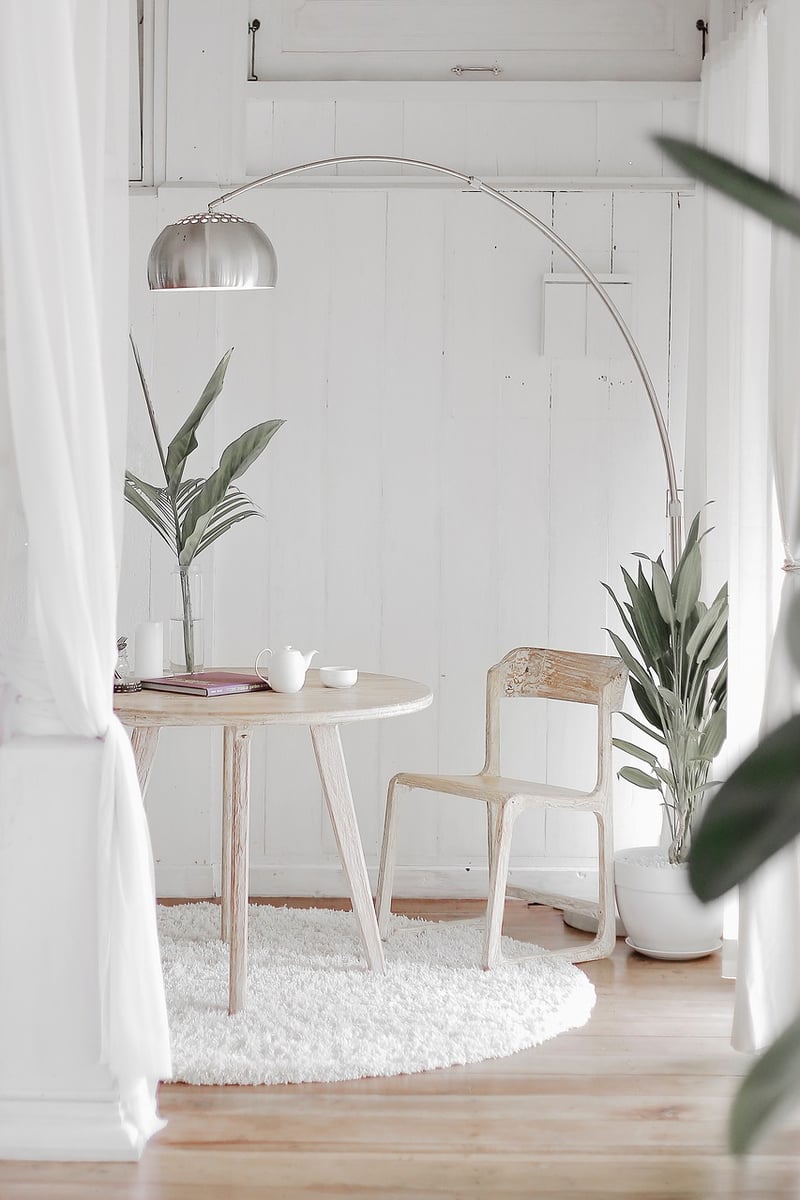Green Living Spaces
Create Environmentally-Friendly Gardens and Green Living Spaces

Transforming your outdoor space into an environmentally-friendly garden not only benefits the planet but also creates a beautiful and sustainable living area for you and your family. By incorporating eco-friendly practices and using native plants, you can reduce your carbon footprint and support local biodiversity.
Benefits of Environmentally-Friendly Gardens:
- Conserves water by promoting efficient irrigation methods
- Reduces the need for chemical pesticides and fertilizers
- Supports pollinators such as bees and butterflies
- Creates a natural habitat for wildlife
- Improves air quality by absorbing carbon dioxide
Tips for Creating an Eco-Friendly Garden:
- Choose native plants that are adapted to your local climate and require less water and maintenance.
- Implement rainwater harvesting systems to collect and reuse rainwater for irrigation.
- Compost kitchen scraps and yard waste to create nutrient-rich soil for your garden.
- Avoid synthetic pesticides and opt for natural pest control methods like companion planting.
- Attract beneficial insects by planting flowers rich in nectar and pollen.

Creating a Green Living Space:
Incorporating green elements into your indoor living space can further enhance your commitment to sustainable living. Consider adding houseplants, using eco-friendly materials, and maximizing natural light to reduce energy consumption.
Benefits of Green Living Spaces:
- Improves indoor air quality by filtering pollutants
- Enhances mental well-being and productivity
- Reduces energy costs through natural insulation and lighting
- Brings a sense of tranquility and connection to nature indoors
By embracing environmentally-friendly practices in both your outdoor garden and indoor living spaces, you can contribute to a healthier planet and create a sustainable environment for generations to come.
Start your green journey today and make a positive impact on the world around you!
